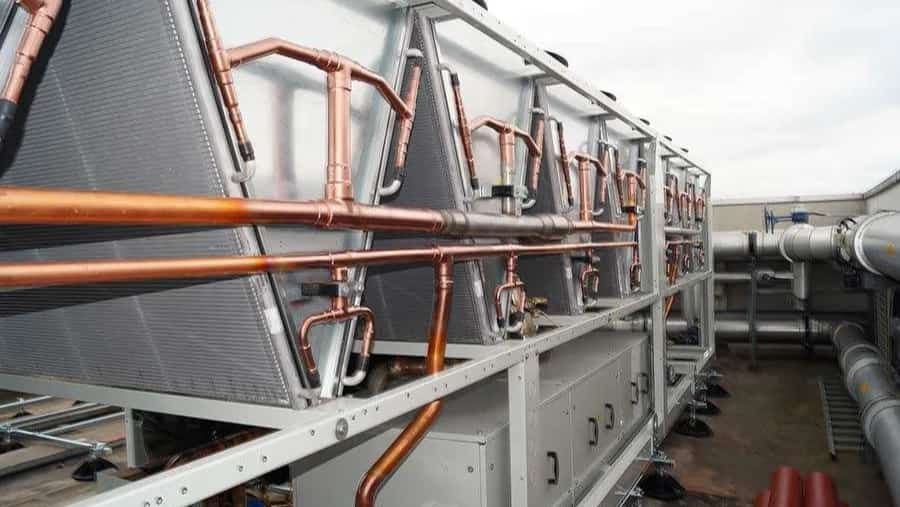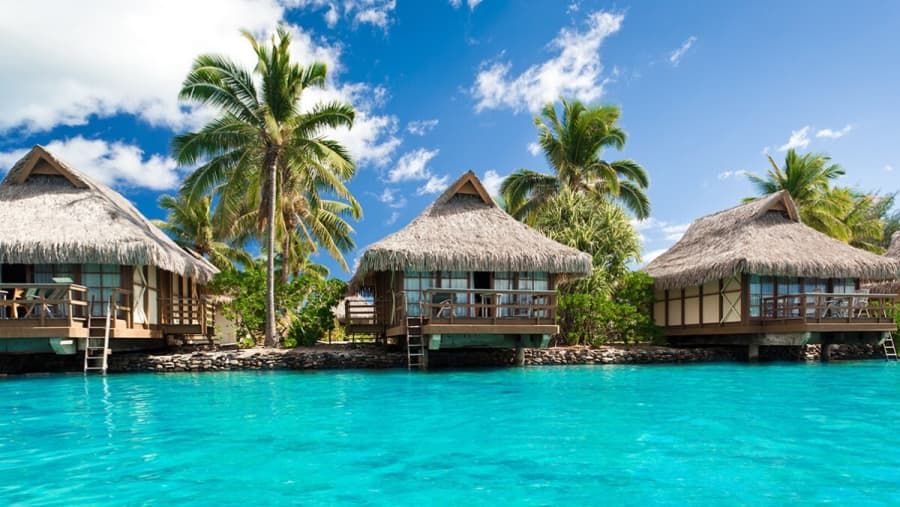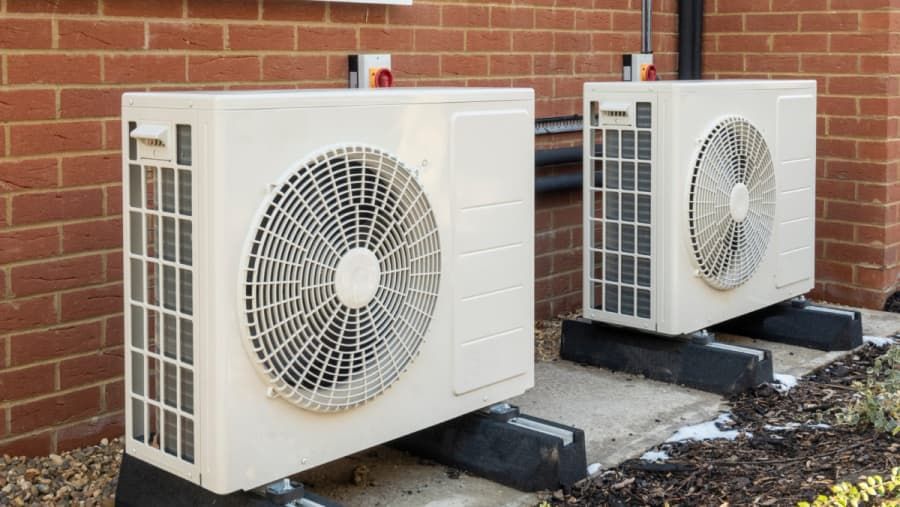How Important Are Air-Cooled and Water Chillers in Industry
Cooling systems are a very common part of many process pipelines and have been on the rise. Industrial air-cooled and water chillers are the higher-end devices and serve a paramount functions in this aspect. This article highlights their key features.

Industrial Air-Cooled Chiller
The operating mechanics of air-cooled chillers is using air to absorb the heat within the process. Air-cooled chillers are smaller than water chillers, easier to install and maintain as well. They are perfectly suited to use in facilities where water cannot be used liberally, or where a cooling tower cannot be installed.
Air-Cooled Chillers Key Features
1.Power Effectiveness: The modern air-cooled chillers are equipped with advanced compressors, heat-exchanging machines and controllers, aiming to enhance the effectiveness of the power.
2.Less Space to Occupy: The air-cooled chillers is stand alone units and there is no need for extra cooling tower and water supply system. The design is therefore constrained to a smaller area.
3.Minimal Water Usage: Emphasizing on prominent regions, air-cooled chillers do not use water for heat exchange, making them favorable for areas with heat and water shortage.
Air-Cooled Chillers Applications
1.Plastics Manufacturing: Water flowed through cooling lines inside molds in the injection molding process.
2.Food Processing: Correct temperatures for preserving and processing food.
3.Data Centers: It makes sure that you can keep the right temperatures for servers and IT equipment.
Industrial Water-Cooled Chillers
While in water cooled chillers, water serves as the principal medium for heat exchange and rejection. They are usually part of a system with cooling towers to achieve higher efficiency and lower running costs. Water cools when the smaller units fetch less air to the condensers than is needed.
Water-Cooled Chillers Key Features
1.High Cooling Capacity: Water cooled chillers have a high heat load capacity; therefore, it suits large industrial facilities the best.
2.Stability: The water cooled chiller provides the cooling stably in various ambient temperature range.
3.Less Noise: Water cooled systems are better suited for quieter locations than air cooled chillers that tend to generate greater levels of noise.
Applications of Water Cooled Chlilers
1.Pharmaceutical Production: It is used heavily in pharmaceutical manufacture for fermentation and distillation both of which require precise temperature control.
2.Chemical Processing: Cooling reactors and storage tanks for process integrity.
3.Power Generation: It is suitable for cooling of turbines and generators in power plants.
How to Pick the Best Chiller for Yourself
1.Application Requirements: Understand the cooling load of your application, both in accuracy and temperature, for the available space. The large operation will use a water-cooled chiller, while the small systems will usually use air-cooled chillers.
2.Environmental: If limiting water usage is important, select air-cooled chillers. Water-cooled chillers offer more efficient air conditioning performance in hotter climates, but air-cooled systems can sometimes drive us crazy.
3.Installation and Upkeep: Chillers are relatively easy to install and maintain, while water-cooled systems require added infrastructure, such as cooling towers and water treatment systems.
4.Energy-Efficient Components: Choose chillers with the energy-efficient components, including such as scroll or screw compressors and sophisticated control necessities.
In conclusion, what has been mentioned above are the benefits of the both classification industrial air-cooled and water-cooled chillers for the specific requirement and the ambience. The water-cooled chillers are applicable in high capacity cooling whereas the air-cooled chillers are types for water-saving compact solutions. This also helps you make an informed decision and select the best chiller for your industrial application by comparing benefits of each inverter system, drawbacks and features of each system.
Guess you like
-

Cheap Mobility Scooters for US Seniors
-

Where to Find All-Inclusive Luxury Overwater Bungalows Without Straining Your Budget
-

How to Choose the Right Online Marketing Degree
-

Unlock Affordable High-Speed Internet for Businesses
-

Why We Need Cybersecurity Software to Protect Our Data
-

Heat Pumps: A Wise Choice for Heating Old Buildings?



